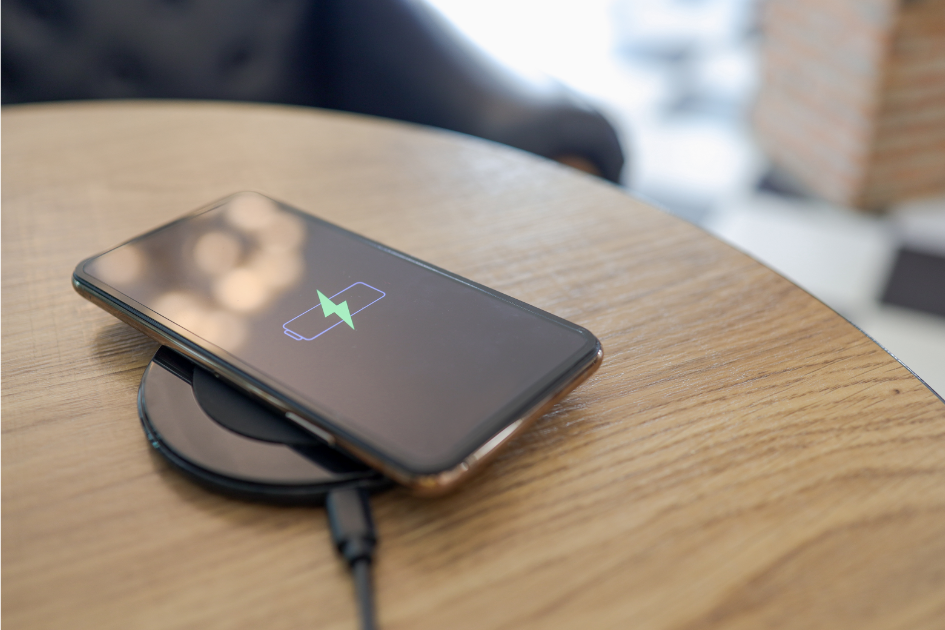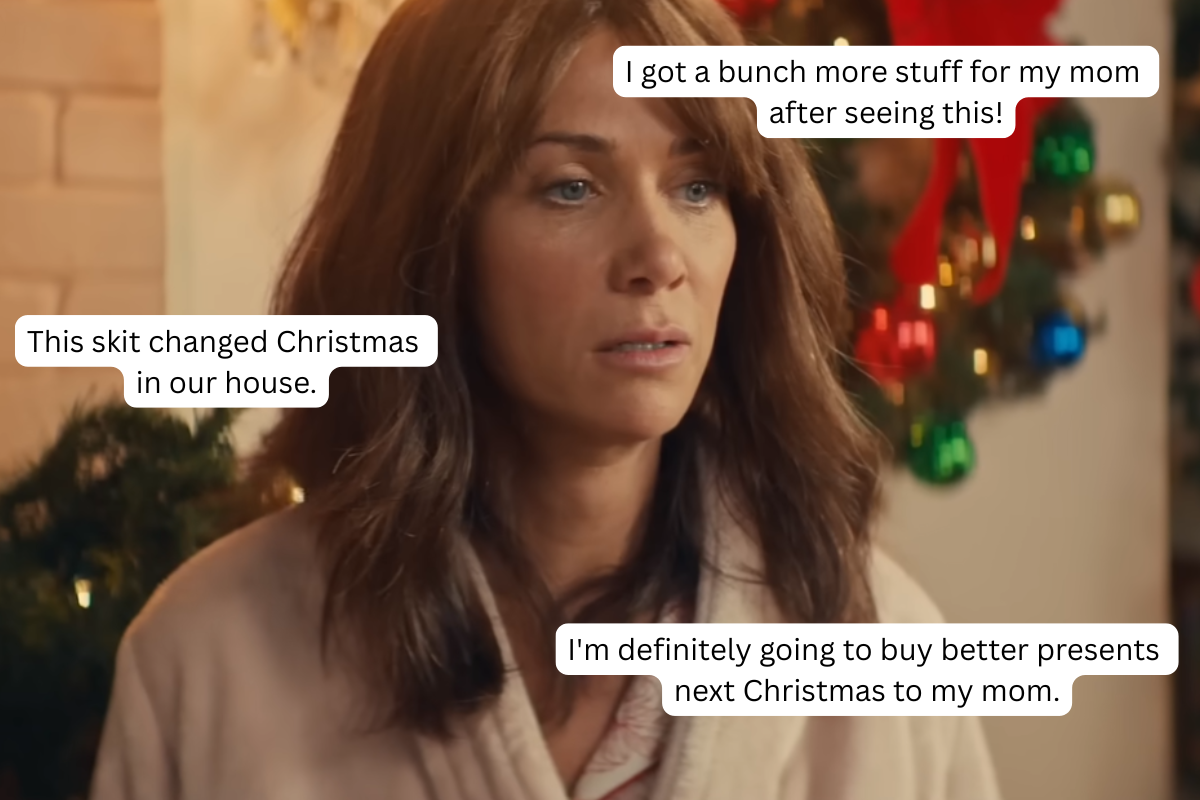People share their partner's weirdest quirks that they've learned to love
Sometimes a healthy relationship means accepting your partner thinks out loud…all the time.

Ah, that special moment of realizing your beloved is an absolute weirdo.
There comes a time in every long term relationship when the honeymoon phase has ended, and your partner’s little quirks begin to reveal themselves. You know, that habit of hogging the blanket at night, or making an audible “ah” sound after every sip of soda. Those fun little idiosyncrasies that are both endearing and exasperating all at the same time.
And while these pet peeves can be aggravating, they also invite love on a deeper level. When you can truly appreciate someone for their imperfections, without judgment or resentment—and they can do the same for you—the result is more humor, trust, connection and joy. Frustrations dissolve into moments of laughter. And flaws become celebrations of each other’s humanity.
Recently, someone asked the folks on Reddit to share the “weirdest thing” their partners did, that they’ve learned to accept. The answers were adorable, hilarious, strange, and all around a fairly profound glimpse at what human relationships are all about.
Let’s take a look.
"When he's alone, he talks to himself in 3rd person, making comments on the things he's doing. 'Ladies and gentlemen, xxxx has done it again, he's made the best omelet in history.. for the 3rd time this month. He's the man of the year. Look at him getting a glass, and opening the fridge.. oooh is he going for orange juice? yes he is! okay now he needs to do something but what was it? ah righttt the toast. The toast, everybody. He almost forgot the toast.' Stuff like that. I'm glad he does it loudly, it's hilarious. Especially when he gets tired and stops mid-sentence but keeps doing what he's doing in silence. Even funnier when he starts speaking again all of a sudden."
"She never, ever, ever eats the last bite of anything. She'll always have a bite of whatever left on her plate after a meal. She's never once, in the 20 years I've been with her, eaten the last piece of pizza. She'll never take the last peanut. I've never seen her finish a can of Pringles. Upside for me: I get the last everything."
"When he wakes up in the morning, he puts on ALL his clothes, just to walk to the bathroom, take them off and have shower. Why?? I will never understand that lol"
"My wife is a neat freak, always cleans up after herself and is putting things away. However I noticed that when she runs out of toilet paper she will just take the new roll and stand it on top of the empty tube instead of replacing it. I asked her why she does that and she said “it’s the one thing I allow myself to be lazy about”. I think it’s hilarious. OR My amazing, incredible wife absolutely refuses to reload the TP roll. It is complete out of character for her, but it's such a locked in behavior I have given up on correcting it. At least she isn't putting it on backwards!!"
"He lays on the floor to decompress, which isn't too bizarre. But he lays down in weird spots and occasionally accidentally scares the shit out of me. One time, he was lying on the floor in the front entrance closet, petting the cat, and fell asleep. I just saw his legs on the ground sticking out from the closet. My first thought was that he had fallen, hurt himself, and was unconscious. But he was just snuggling the cat. Another time, I couldn't find him anywhere in the house and started to freak out. But he was lying on the back deck on his belly, talking to the skunk that lives under the deck. This was at night. So all I see is a man sprawled on the deck in the dark. Scared me silly."
"She sleeps with her eyes open occasionally, and will also sometimes laugh like someone just told her the greatest joke ever told while sleeping. I've accepted my little demon."
"He always finds random objects around the house to make into a 'hat' for me. Fresh laundry? Hat. Random plushies? Hat. Bubble wrap? Hat. Then he makes one for himself, we take a funny picture and hang it on our 'hat photos' wall."
"She does gatherer things. bringing little trinkets home and presenting them to me. I always say very impressive! she puts little piles of things all over the house and gets upset if they are disturbed or I suggest getting rid of them."
"My husband occasionally talks in his sleep and will also laugh like a little girl in his sleep. It absolutely cracks me up and creeps me out at the same time."
"I don’t know how weird this is, but my boyfriend constantly talks to himself. He also gives voices to our pets- 2 cats and a dog. Each pet has a distinct voice and accent. Some of them have catchphrases."
"Sometimes when he’s getting ready for work in the morning, I’ll hear him having conversations with the pets and himself in all the various voices. It’s hilarious and adorable. Sometimes I catch myself doing it now, too."
"She mostly closes doors, but only mostly. Not fully ajar, not fully closed. I have never seen this wonderful woman completely close a door in 13+ years.Luckily, it’s just inside doors."
"He gets very concerned about his socks to the point he will count them when he's folding laundry and get irritated when he can't find all of them. Then he accused me of doing something with them. Like I would do anything with his stupid socks."
"He needs the GPS even though he knows the area and the way. If the GPS goes out, he’ll oddly panic."
"Anything that could go or fit on top of anything else is called a "hat." There are no lids, there are no covers, there are no toppers or caps. We have a top-loader freezer. She wouldn't say 'close the lid.' She'd say 'put the freezer hat back on.' Bottle caps? No. Bottle hats. Does the pot of boiling water have a lid? Nope. It has a hat. Wine bottle stopper? Try again. That's a hat. Trash bin cover? Trash bin hat*. There are hats and only hats. Edit to add that she's a native English speaker, but her family is Lithuanian. I think it's something she picked up from her dad as a kid and it just became a habit. She is aware that it's goofy."
"All sauces are gravy. What kind of salad gravy do you want?"
"He does this loud chicken noise (like a baw-kak!) just randomly and it could be anywhere. It’s never been inappropriate, but it’s always surprising and I laugh every freaking time."
"To my wife, everything is a 'counter.' Tables, dressers, nightstands, basically any flat surface that is not the floor is the counter."
"He randomly licks me. We will be cuddling and he just will lick my shoulder real quickly. I don’t get it."
"My youngest had trouble learning to eat solids and my wife spent 3-5 meals a day for like 6 months mimicking eating to her. It’s now 9 years later and after every first bite of a meal she goes MMMMMMMMMM! It’s a charming relic of a stressful time in life."
"He does sock shoe sock shoe like a psycho."
"She usually dresses normal but sometimes she goes through phases where she dresses like people from different eras. Like a 70s disco phase outfit or a 80s rock chick outfit or a 1950s dress outfit. It's one thing to do this for a day or something... she will do it for like 3-4 weeks straight, ordering clothes on amazon to make new outfits, wearing the outfits to go grocery shopping or walking the dog etc. And then she rinses and repeats every once in a while. She also will obsessively watch movies from that era when this happens. She has been doing this for 20+ years. She is known in our neighborhood for doing this."
"Bf is a biologist and absolutely cannot stop himself from interacting with any animal/insect/bird that his brain has deemed interesting. I've spotted him softly talk to bugs and bees when he thinks no one's looking. Also as long as he has deemed it safe, if we spot a snail (and he's REALLY GOOD at spotting snails it's insane) he WILL pick it up no matter the circumstances. We've spent HOURS in parks/sanctuaries in one single spot if he's spotted a cool lizard or an animal because we must make new animal friends. His parents tell me all the different insects, bugs and tiny animals he used to bring to them as a baby lmfao."
- Woman shares how the 'bird test' always determines if her relationships will last ›
- When childhood photos remind us of our most precious relationships ›
- One man's take on the silent killer of relationships: unmet expectations. ›
- Women share quirky ways they make life feel more whimsical - Upworthy ›
- Man's dating advice to find the guy who will 'guide you through death' is striking a chord - Upworthy ›
- 20 cute things couples do in secret because it would 'shock' anyone else who saw them - Upworthy ›



 TikTok · Ale
TikTok · Ale

 Phone charging.
Phone charging. bill nye chemistry GIF by NETFLIX
bill nye chemistry GIF by NETFLIX 


 A happy woman in the Netherlands.via
A happy woman in the Netherlands.via
 Thumbs up
Thumbs up  Woman in chair.
Woman in chair.